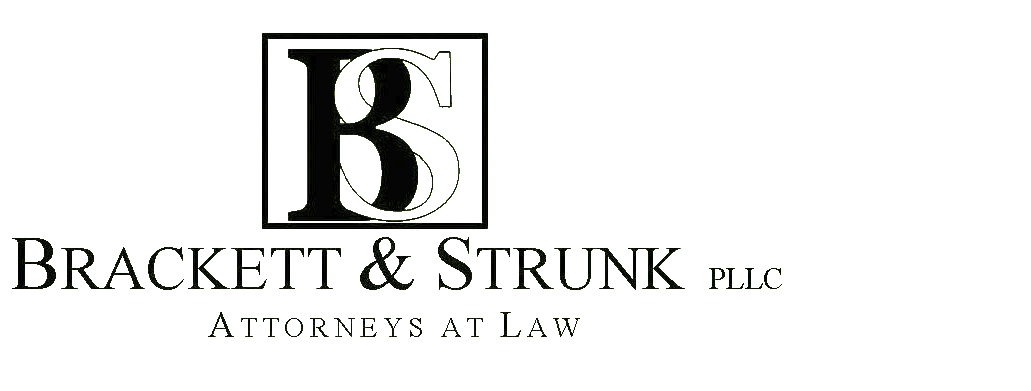Chapter 7
Chapter 7 is considered debt liquidation. It has been called “total bankruptcy” or “straight bankruptcy” but it simply means that you are asking the bankruptcy court eliminate all your liability to your unsecured debts such as credit cards, medical bills, and personal loans. You can also get rid of your liability on a secured debt by surrendering the asset (e.g. home, auto, furniture) that the secured lien is attached to. Alternatively, you may be able to keep your assets by agreeing to continue making the payments to the lienholder. Finally, certain debts can not be eliminated in Chapter 7 (e.g. student loans, money owed to any government, child support).
Under the 2005 Bankruptcy Abuse and Consumer Protection Act, you must qualify for Chapter 7 before your case will be approved by the court. Most people still qualify despite this change in the laws. Brackett & Strunk offer a free consultation so you can discuss your case with an attorney and find out whether Chapter 7 is right for you. You could be debt free in a matter of months!
"Brackett and Strunk treated me like family. They are very friendly and easy to work with."
Rita - Knoxville
Chapter 13
Reorganization under Chapter 13 of the bankruptcy code, sometimes referred to as a “wage earners bankruptcy,” allows individual(s) to repay their debts whereby the funds are disbursed through a Chapter 13 Trustee. The proposed repayment plan is usually three (3) to five (5) years.
The automatic stay provision under Chapter 13 stops most debt collection efforts. Under certain circumstances, Chapter 13 can stop foreclosures, wage garnishments, correspondence from creditors and can even return a repossessed vehicle. Secondary mortgages can sometimes be stripped-off and paid as an unsecured debt and discharged at the completion of the Chapter 13 case. Although certain priority debts are non-dischargeable, such as alimony/child support, student loans and certain taxes, these debts can nonetheless be paid through a Chapter 13 reorganization.
Chapter 13 payments are unique for everyone’s situation but are based upon several basic factors including disposable income, amount of assets as well as amount of secured debt. Unlike Chapter 7, Chapter 13 can protect assets that may otherwise be liquidated in Chapter 7 proceedings. Chapter 13 can also protect a non-filing co-debtor.
"Brackett and Strunk kept working for us even after our bankruptcy was completed! They stopped the harrassing creditors and helped us understand how to rebuild our credit."
Catalina - Knoxville


